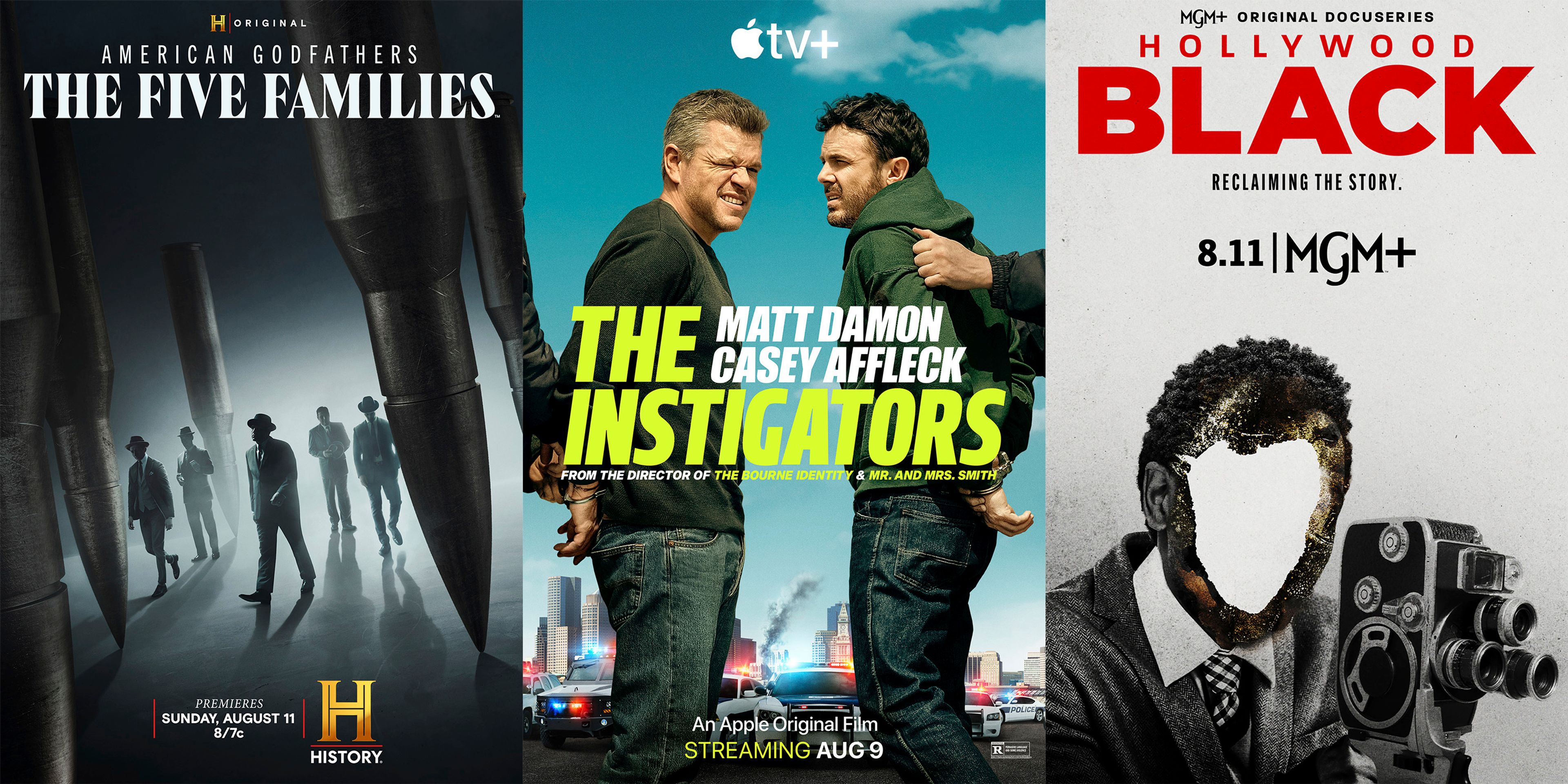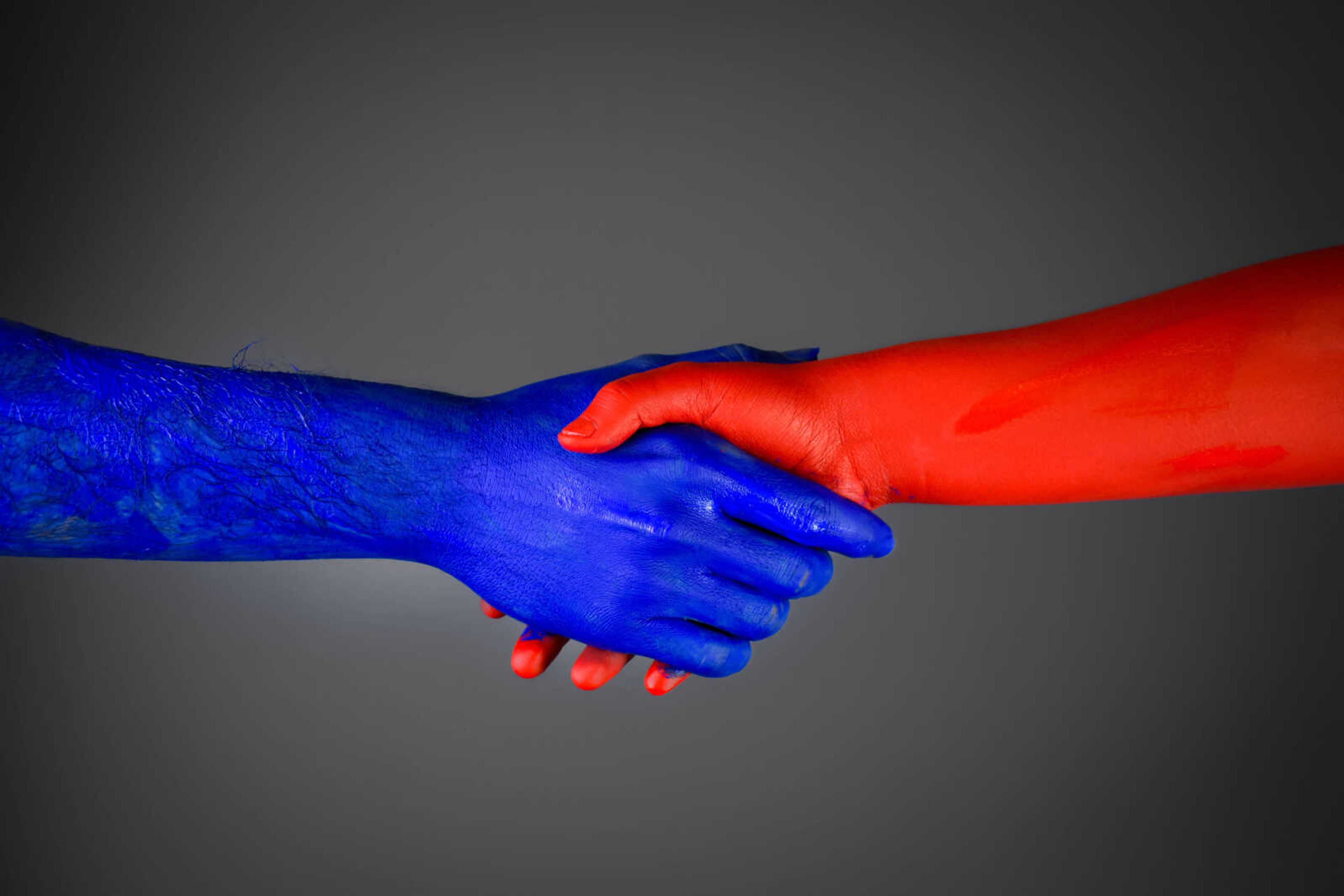NEW YORK -- On May 23, 1903, one hundred years after Meriwether Lewis got his marching orders from President Thomas Jefferson, another historic American journey began -- the first coast-to-coast automobile trip.
Now, another hundred years later, master filmmaker Ken Burns and writer David Duncan have brought the little-known adventure of Horatio Nelson Jackson to life. "Horatio's Drive: America's First Road Trip" premieres at 8 p.m. Monday on PBS.
"This is a country that loves firsts, that loves its cars, and that loves road trips," said Burns from Florentine Films, his Manhattan headquarters. "Why we aren't taught about the first automobile road trip, I just can't figure out."
Burns learned of the story in 1990 from Duncan, who spent nearly a decade locating photographs, scrapbooks and finally Jackson's granddaughters, who still had his many letters home. Those letters reflect Jackson's humor, his affection for his wife Bertha and, most importantly, his unflagging optimism in the face of seemingly insurmountable car troubles and navigational snafus.
"The worst of it is over" and "just watch me now" were Jackson's constant refrains.
"Once we had the letters, I knew that we had a film," said Burns, who had been unsure if there was enough story to make into a documentary.
Unlike the carefully planned Lewis and Clark expedition, Jackson took off from San Francisco on a whim after betting $50 at a gentleman's club that he could drive to New York in under 90 days.
At the time, he didn't own an automobile.
Four days later, after purchasing a 1903 Winton touring car for $3,000 and hiring a driving companion, mechanic Sewall Crocker, he set off to do what several accomplished motorists before him couldn't. Despite the fact that there were only 150 miles of paved road in the entire country, he and Crocker -- and a goggle-wearing bulldog named Bud -- arrived in New York on July 26, exactly 63 days, 12 hours and 30 minutes after leaving San Francisco.
Two rival teams
Along the way, they got lost numerous times, endured almost every mechanical failure possible and created a media sensation as papers across the country tracked their progress against two rival teams that set out after them.
Burns tells this charming adventure story with his characteristic "visual triangulation." His traditional mix of photographs and interviews are augmented by a recreation of the drive that involved strapping cinematographer Allen Moore to the hood of a moving car in a contraption the production team nicknamed "the bra."
But Jackson's never-before-published letters to Bertha -- whom he inexplicably called Swipes, -- are the real star of the film.
On June 21, after a night spent lost in western Wyoming with no food, Jackson described it as the night that "thirty thousand mosquitoes died on the back of my neck," adding that both he and Crocker "were stealing speculative glances at Bud as we tightened our belts."
Encountering heavy rains in Buffalo, New York, he telegraphed the Winton company: "If it continues, will ask you to send paddles for the wheels and rudder for the rest of the car."
Voice of Tom Hanks
The car goes on display at the National Museum of American History on Nov. 22.
Jackson's letters are read by actor Tom Hanks -- a unanimous choice by Burns and Duncan, who were searching for someone to match the American everyman with indomitable optimism revealed in the letters.
"It's a complicated part because there's not much below the surface in Horatio Nelson Jackson -- he's just an ordinary guy doing something extraordinary," said Burns. "And Tom nailed it."
The two-hour documentary's humorous tone is a departure from Burns' longer, weightier films, like "The Civil War." But "Horatio's Drive" hints at a central American issue -- our relationship to the land, and the changes wrought on that relationship by the automobile.
Grappling with questions about the physicality of America, along with issues of race, has shaped Burns' career, leading to such films as "Lewis and Clark" and "The West."
"We are forever a nation becoming," Burns said, "and that's epitomized in a road trip. It has immense symbolic, even mythological significance."
As Burns documents in his preface to the film's companion book (published by Knopf), the open road holds a powerful emotional force in his own life.
"I had to bring my father's ashes back from Michigan on a road trip," he said. "Experiences happen on road trips that are implanted for life -- they are signal passages for Americans."
------
On the Net:
Connect with the Southeast Missourian Newsroom:
For corrections to this story or other insights for the editor, click here. To submit a letter to the editor, click here. To learn about the Southeast Missourian’s AI Policy, click here.








